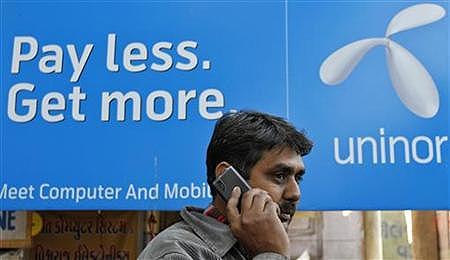
The phenomenon is a little difficult to explain. According to the Supreme Court's order, all telecom service licences given in 2008, during the A Raja regime, have to be cancelled by June 2. The licencees will have to return the spectrum they received to host telephony services.
One of the nine affected companies is Unitech Wireless, or Uninor, two-thirds of which is owned by Telenor of Norway and one-third by real estate developer Unitech. Customers ought to have dumped Uninor and shifted to other service operators.
With portability in full play, they need not surrender their existing numbers. Migration is so easy.
...
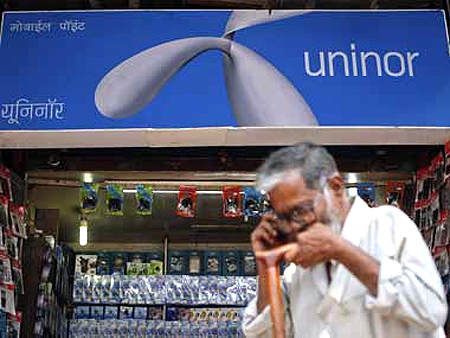
Yet the numbers tell a different story. The Supreme Court verdict came on February 2. Still, during the month, Uninor recorded the second-highest net new subscriber additions in the country, after Idea Cellular.
According to numbers collated by the Cellular Operators' Association of India, Uninor added 26.68 per cent of new customers in February, which was below Idea Cellular's (29.42 per cent), but above Airtel's (20.77 per cent), Vodafone's (9.55 per cent) and Aircel's (9.04 per cent).
In January, Uninor was on top, with a share of 29.51 per cent. So, it was down in February but certainly not out.
...
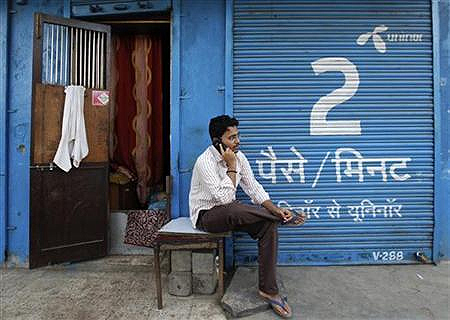
Subscribers are perhaps attracted by the rock-bottom tariff offered by Unin#8744 maybe they hope somebody will acquire the company before June 2 and honour the low tariff. Uninor has positioned itself at the mass end of the market.
It offers basic services like voice and SMS and focuses exclusively on prepaid customers on the assumption that value-added services account for just 10 per cent of the market.
Uninor is, thus, popular among low-income consumer groups like students and migrant workers. Its average revenue per user is below the industry average, and, till a few months ago, its revenue per call was short of the cost per call.
...
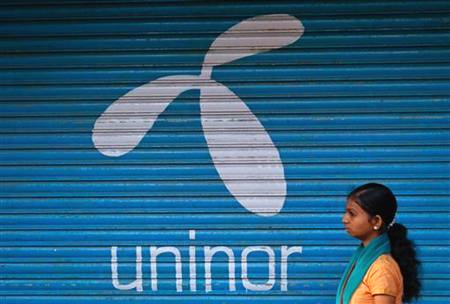
Still, it was hopeful of breaking even by 2014, when it would have completed five years of operations.
Uninor is trying hard to stay on in India. It has filed a review petition in the Supreme Court over the February 2 verdict.
New evidence, it has said, suggests that the award of licences (and spectrum that came bundled with it) was not arbitrary, but a well-thought-out policy which had the concurrence of all decision makers.
...

Another petition in the Supreme Court seeks to ensure that the Department of Telecommunications completes the auction of spectrum vacated by the affected service operators by June 2.
It is possible, Uninor has said, to hold the auction by then because an auction template (that for 3G spectrum) already exists with the government.
It has indicated its willingness to accept the reserve price for 3G spectrum as the reserve price for 2G spectrum also, so that the auction can be expedited.
...
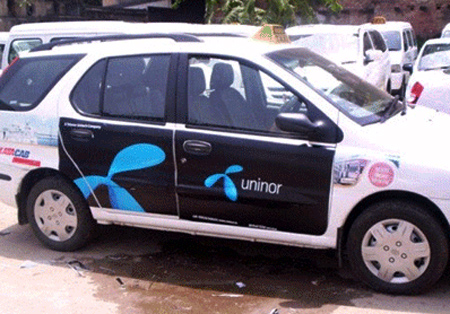
Simultaneously, Telenor has invoked India's bilateral investment treaty with Singapore (its investment is routed through Telenor Asia of Singapore) to protect its investment in Uninor. It has claimed damages of $14 billion.
At another level, Telenor is fighting its partner, Unitech, in the Company Law Board. Telenor had insisted on a rights issue to raise funds for expansion because debt had become difficult to contract, while Unitech was unwilling to subscribe to a rights issue.
...
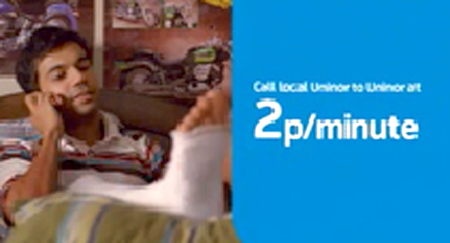
You may also have noticed television advertisements by Uninor (since it was focused at the bottom of the value pyramid, it seldom advertised in the expensive national media and instead chose to be visible at the points of sale) and print media advertisements put up by Telenor.
The Uninor advertisements may be part of a marketing campaign planned earlier, but the Telenor advertisements are clearly meant to build public opinion.
...
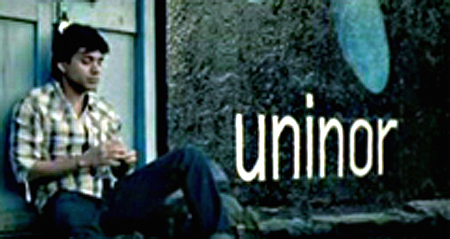
By all accounts, Telenor is serious about India.
In its estimate, of the 850 million SIM cards in the country, you have to deduct more than 40 per cent to arrive at the number of mobile telephone owners, because a lot of people have two SIM cards. (Little surprise that 40 to 50 per cent of the new handsets sold in the country are dual-SIM handsets.)
...

So there is still a huge upside of the telecom growth story here. Bangladesh's Grameenphone (owned 56 per cent by Telenor, 34 per cent by Grameen Telecom and 10 per cent by institutional and retail investors) has about 50 per cent of the 78-million subscribers in that country and is valued at $5 billion.
The possibilities in India are equally huge. Uninor already has 41.5 million customers - ahead of Bangladesh (which it entered in 1997) and other Asian countries like Pakistan (28 million, entered in 2005), Thailand (23 million, 2000) and Malaysia (10 million, 1999).
...
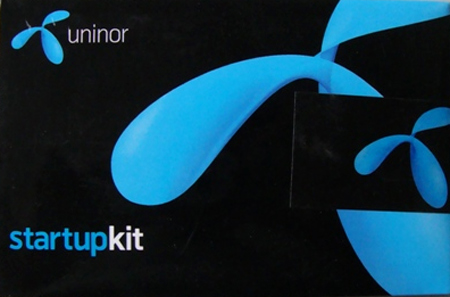
But it got caught up in the whirlwind of the 2G spectrum scam. This is all the more surprising because Telenor's entry was not a decision taken at the spur of the moment - its senior functionaries had been visiting India since 2001 and it finally made the investment in Unitech Wireless in 2008. But did it not anticipate the mess?
Massive protests, after all, had started right after the letters of intent (for licences) were issued on January 10, 2008. Telenor ought to take its advisors, strategic and legal, to task. They have some explaining to do.